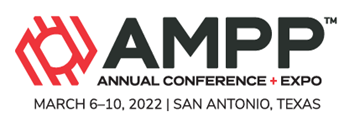Search
ESG and PHMSA’s Mega Rule Have Necessitated Advancements in Hydrotesting and Abandonment of Offshore and Onshore Pipelines
Also Purchased
CO2 Transport and Injection, Effect of Impurities, Understanding of Reactions and Consequences
Product Number:
51323-18756-SG
Publication Date:
2023
$20.00
Considering Mass Transfer in Refinery Crude Distillation Overhead Water Wash
Product Number:
51323-18757-SG
Publication Date:
2023
$20.00
Upcoming Changes To NSF Drinking Water System Components Program (NSF 600) - No Need To Be Afraid
Product Number:
51322-18136-SG
Publication Date:
2022
$20.00




